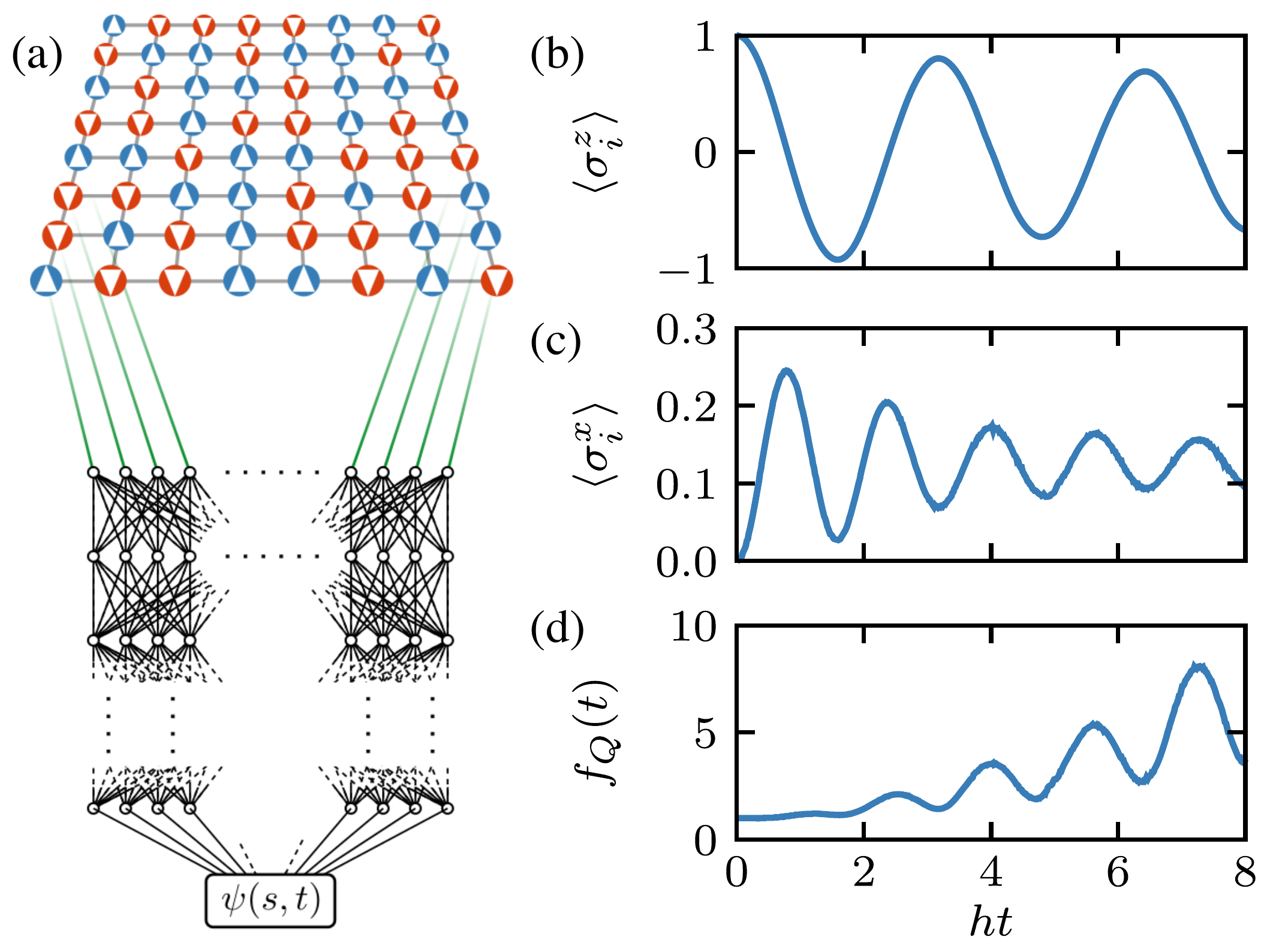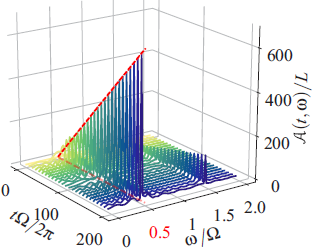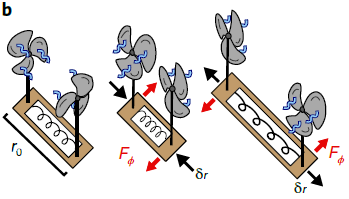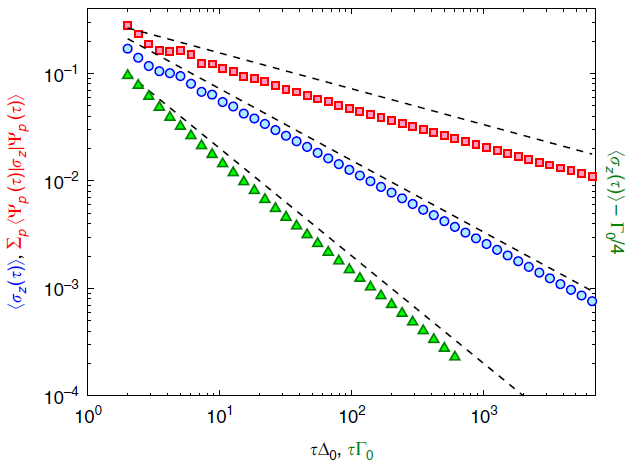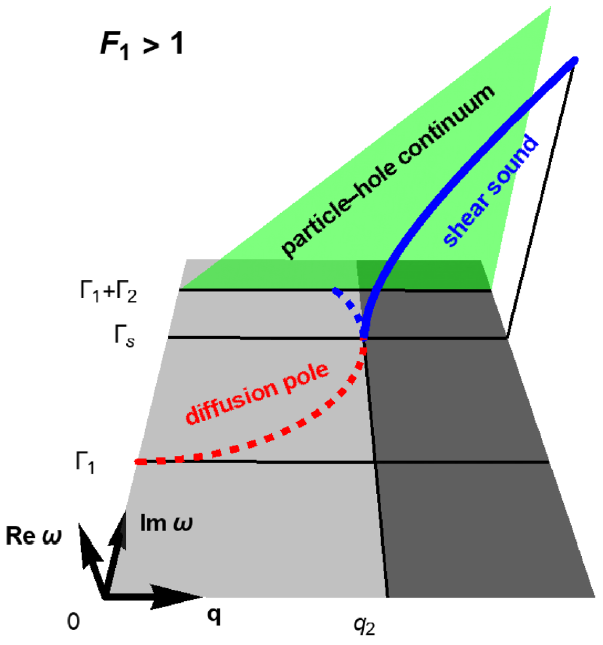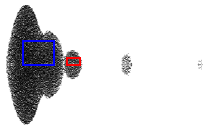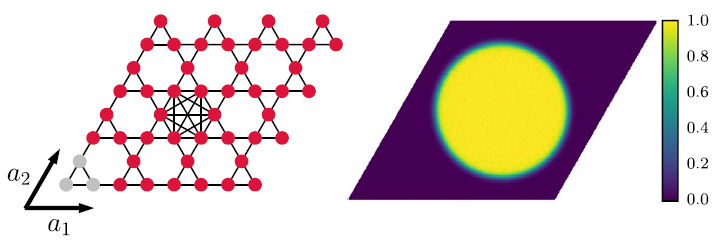
Nonequilibrium phases and phase transitions
Nonequilibrium phases and phase transitions
Recent experimental progress has brought into existence so-called quantum simulators such as ultracold atoms in optical lattices or trapped ions. These act like an 'analogue' quantum computer by mimicking the behaviour of quantum systems whose properties we are interested in.
In particular, these quantum simulators can be used to study in a controlled way the nonequilibrium dynamics of closed quantum many-body systems. For such nonequilibrium quantum states, the thermodynamic concept of a free energy is not applicable. On the one hand this implies the absence of organizing principles such as the minimization of free energies making a systematic understanding of such states challenging. On the other hand these states promise to show new properties not constrained by the principles of equilibrium thermodynamics.
A natural question is to which extent there are phases of matter without the existence of a free energy? Can these systems exhibit universal behavior independent of microscopic details similar to what happens at equilibrium continuous phase transitions?
We address such questions and develop concepts that allow for a systematic understanding not only for individual problems, but rather for classes of phenomena. This includes the theory of dynamical quantum phase transitions or the construction of dynamical potentials for eigenstate phases. For more details on current and recent research highlights see the collection below.
